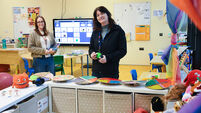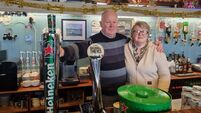Putting the pupil first: First steps towards truly neurodiverse classrooms
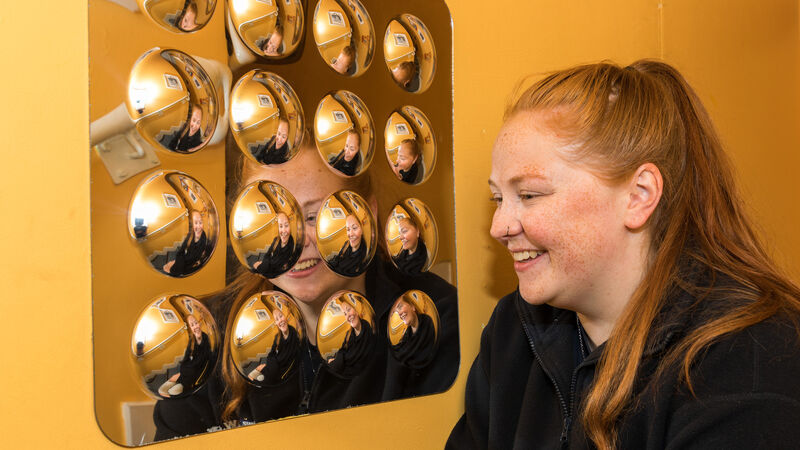
Molly Kinane works as a support network manager at the Rainbow Club. She puts emphasis on sibling support, having grown up with an autistic brother.
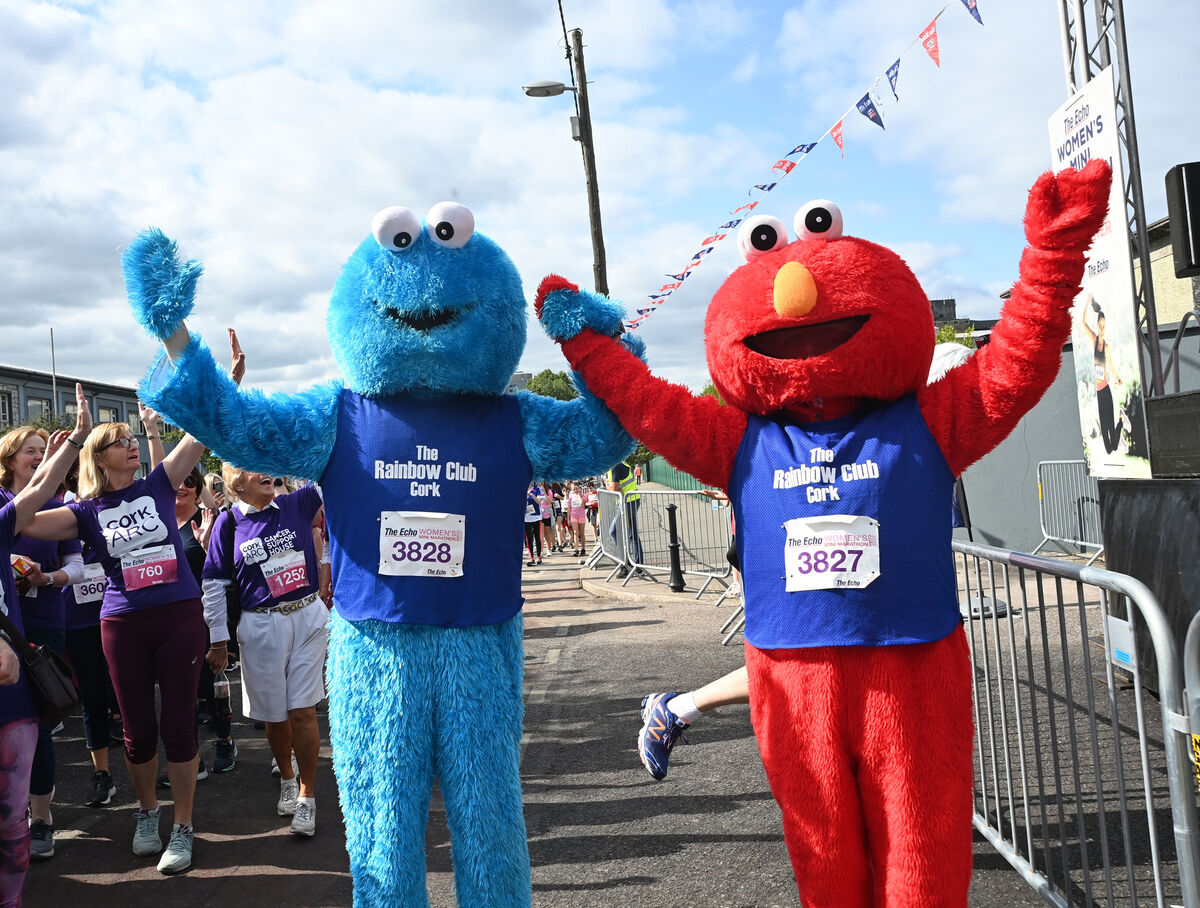
Director of Neurodiversity Ireland Dairine Cullen says that a rigid approach to teaching and the class environment can be incredibly difficult and damaging for some young people with hidden or learning disabilities or additional needs.
- Creating a “LETMEBEME” learning culture, by moving away from insistence upon historical, rigid learning methods which are unproductive, towards an inclusive and child-centred approach, creating an environment that supports each child’s differences and unique skills (eg not insisting upon “whole body listening”);
- Assessing and recording children’s needs and adapting and evolving teaching as those needs evolve creating or ensuring the best physical learning environment for each child (eg by assessing the physical environment for and reducing as far as possible sensory stress and by providing such equipment as may be possible to facilitate sensory regulation);
- Maximising opportunities for integration with the class, school year, school community, and the wider community;
- Creating opportunities to ensure that each child with additional needs feels included in their class and school setting, by removing markers, references, systems, or labels which have historically set those children apart from their peers (such as removing references to “ASD unit/special class”, movement breaks might be for the whole class rather than for one child, etc).
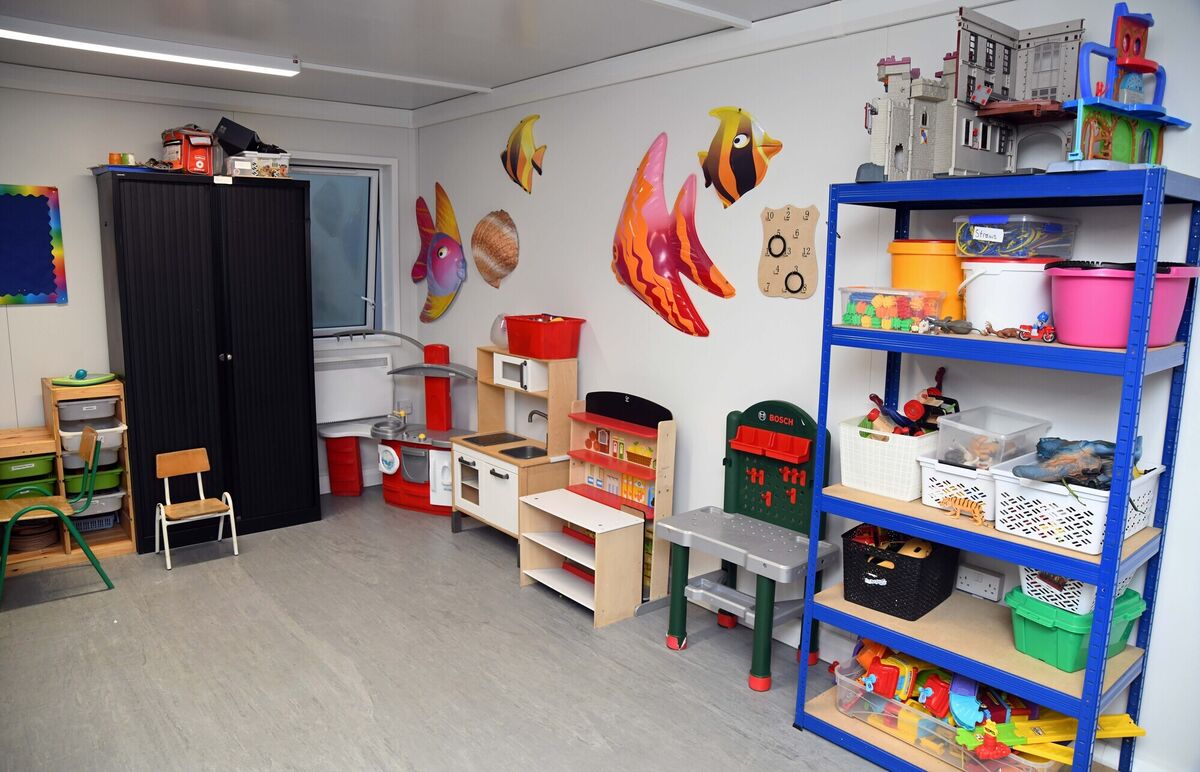
The club’s Molly Kinane explains: “We feel it’s important to support children beyond the age of 18. The place will still be there for them. We support over a thousand families and it’s never a one-size-fits-all approach.
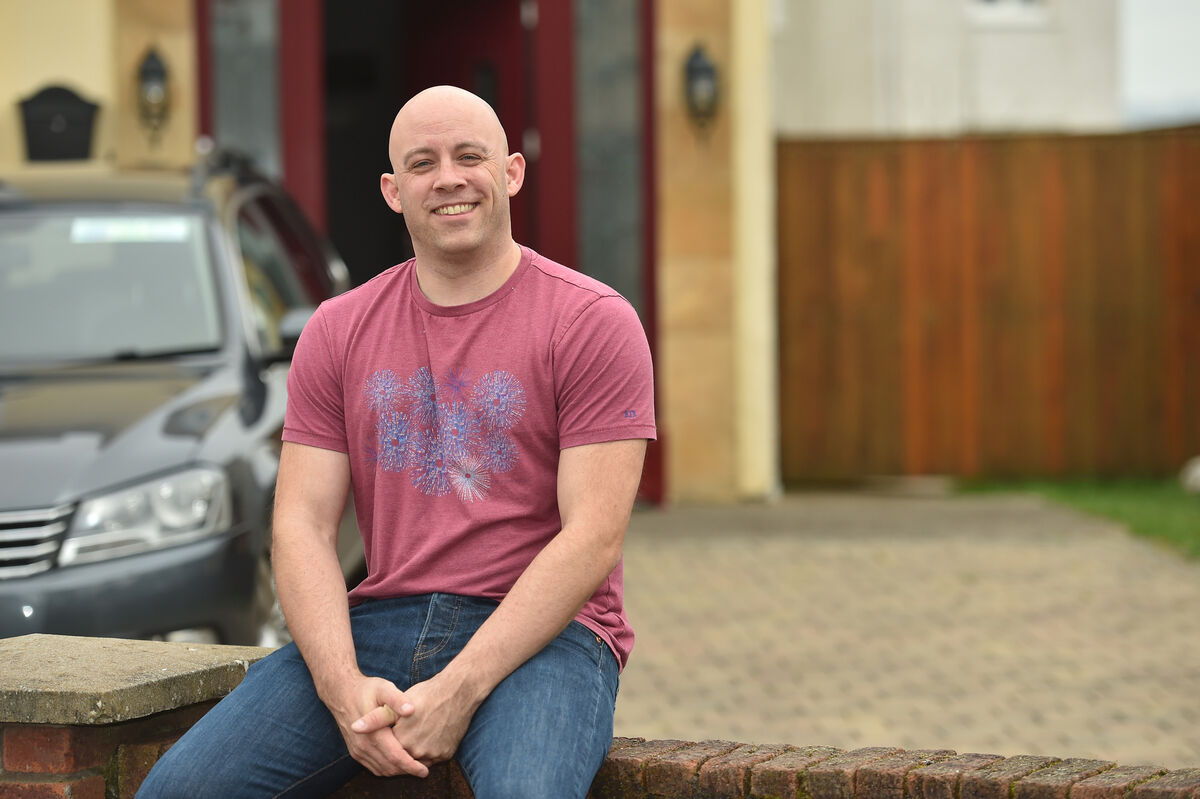
“I ask students in our classrooms, we call them ‘home rooms’, if they want to attend. They rarely do, but sometimes one student might be happy to share their experiences. Then I do a second lesson on how people process the world differently. I have great fun banging pots and pans whilst asking them to complete tough maths tasks. I turn on hairdryers, blare music. It just gives them an awareness of what the world might be like for someone else, and that awareness is key.”

“I have students cry in my office because their teacher moved their clip from green to yellow, or red on the classroom behaviour chart that day. Many of them exhibit chronic anxiety in anticipation of the public shame they experience when they must walk across the room and move the clip themselves. Neurodivergent children on my caseloads have either had rewards withheld or lost rewards for things such as non-harmful stimming or fidgeting, not being able to sit still, for having a melt down or shut down in the classroom.”
- Is this behaviour due to sensory reactivity or the environment, including people in the environment? What is the unmet need? A focus on addressing your autistic learner’s needs instead of compliance will make the school environment better for the students and the teachers.
- Are transition or schedule changes occurring without the accommodations of warning and daily schedule?
- Is the student experiencing a loss of ability to communicate with spoken language because they are overwhelmed, including their ability to effectively self-advocate?
- Do you have low-tech augmentative and alternative communication (ACC) in place? There are lots of free AAC boards online which allow children to communicate clearly.
- Are they being bullied? Seventy per cent of autistic kids are bullied in school.
- Is this communication breakdown an example of the double empathy problem? Autistic v non-autistic perspective?
- Is the meltdown a result not being able to effectively mask an autistic trait? Autistic students can’t mask autistic behaviours all the time without detrimental outcomes.







